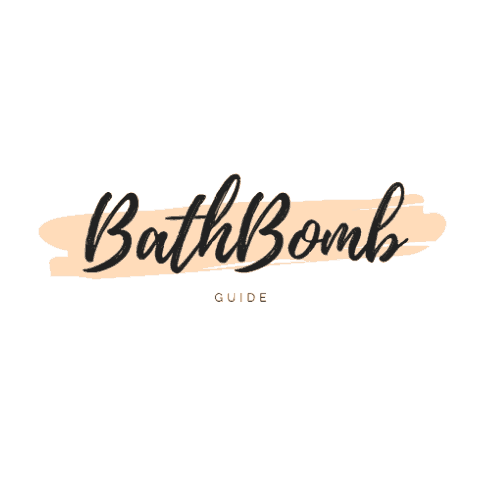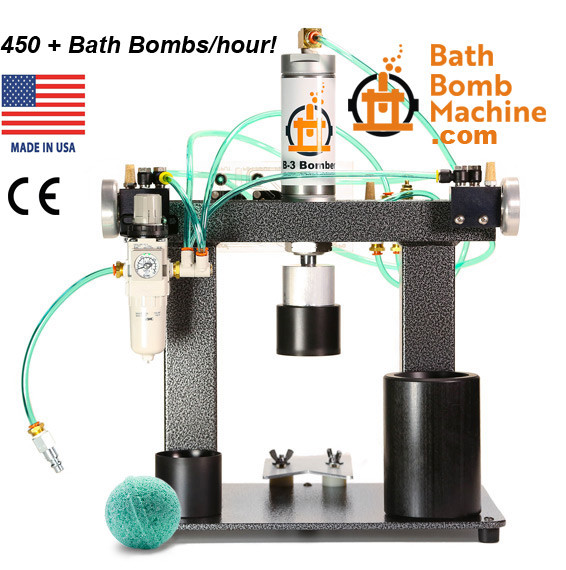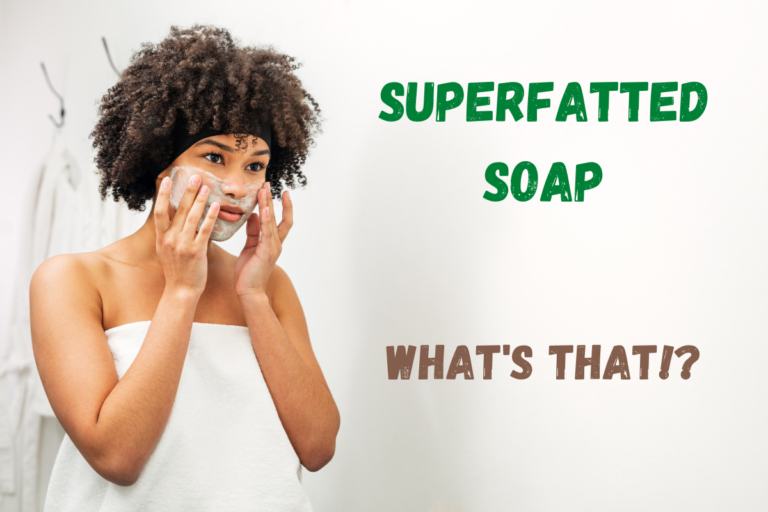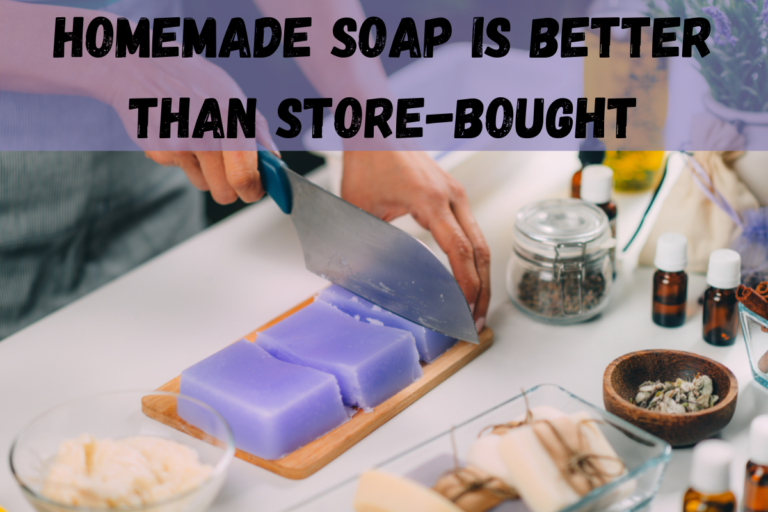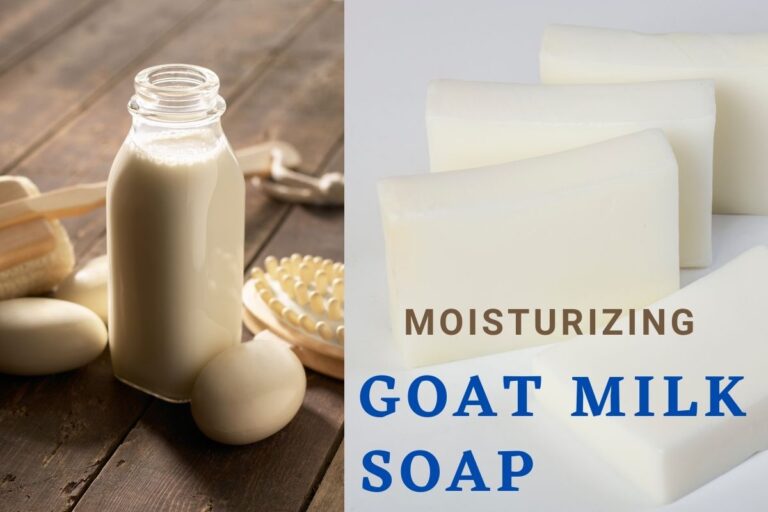Lye Discount Saponification Chart for Superfatting Homemade Soap
If you want to make luxurious hydrating homemade soap you have to Superfat your recipe and this is achieved by creating a lye discount in your recipe. Whilst this may seem confusing at first there is an easy chart with which you can work so you know in the first instance how much Lye it takes to turn 1oz of oils and fats into the soap in the saponification process.
Soap Making Saponification Value Chart
This chart provides a list of fats and oils commonly used in soap making at 1oz values.
That is in the value in the lye column is how much lye is required to turn 1oz of oil into soap. You will need to calculate this value based on the amount of fat or fats used.
This chart must be used as a guide only and the specific and Current Saponification value [See below] gained from the specific oil that will be used
| Oil or Fat | Lye |
|---|---|
| Almond Oil | 0.1367 |
| Aloe Vera Butter | 0.1788 |
| Aloe Vera Oil | 0.1421 |
| Avacado Butter | 0.1339 |
| Avacado Oil | 0.1337 |
| Babassu Nut Oil | 0.1749 |
| Beeswax | 0.0689 |
| Canola Oil | 0.1328 |
| Castor Bean Oil | 0.1286 |
| Cocoa Butter | 0.1378 |
| Coconut Oil [Refined] | 0.1910 |
| Coconut Oil [Hydrogenated] | 0.1910 |
| Coconut Oil [Fractionated] | 0.2321 |
| Corn Oil | 0.1368 |
| Evening Primrose Oil | 0.1362 |
| Flaxseed Oil | 0.1358 |
| Goose Fat | 0.1349 |
| Grapeseed Oil | 0.1321 |
| Hazelnut Oil | 0.1369 |
| Hempseed Oil | 0.1359 |
| Lanolin | 0.0748 |
| Lard | 0.1399 |
| Linseed Oil | 0.1358 |
| Olive Oil | 0.1353 |
| Palm Oil | 0.1420 |
| Peanut Oil | 0.1367 |
| Pumpkin Seed Oil | 0.1389 |
| Rapeseed Oil | 0.1328 |
| Sesame Seed Oil | 0.1336 |
| Shea Butter | 0.1296 |
| Sunflower Seed Oil | 0.1358 |
| Beef Tallow | 0.1419 |
| Sheep Tallow | 0.1384 |
| Walnut Oil | 0.1349 |
How to find the Current Saponification Value
Whilst the chart above has some definite figures for the saponification formula, they are based on only a single source or average of the value across a range of saponification values for each oil.
In this I mean that two different batches of oil may have come from different crops and therefore will differ slightly in their make, slightly adjusting the exact saponification value of one batch against another, even from the same manufacturer.
You can find the SAP value of your desired oil as it should be on the packaging of the product you are buying. if it is not present then choose an alternative brand or product so you know the exact value.
How to use the SAP chart for Superfatting
I have a complete article on the full process for superfatting your homemade soap and the steps and calculations to carry out
Simply put, superfatting is when you discount the lye from the SAP value as provided. This means that you will use less lye than required to saponify all of the oil in your soap ensuring that excess oil [but not too much] is left over.
Leftover oil in your soap at the right level will not inhibit the lather but provide that little extra hydration to your skin when used.
Use Weight – Not Volume
You should always use weight as your measure when making homemade soap and specifically when using the saponification value chart.
If you measure the oil by ounces then also weigh the lye by ounces. If you prefer to use grams then both should be measured this way.
Do not rely on ‘cups’ to measure your oil and lye, always use some digital scales, remembering the tare weight, to ensure you get the exact weight measurement for your ingredients.
Too Much Oil – Not Too Much Lye
It is super important to remember that you will b reducing the amount of lye and having leftover oil in your soap when superfatting rather than the other way round.
Whilst you are more likely to run your soap and render it unusable if too much oil is left after saponification, having too much lye will still leave you with usable soap but excess lye which could irritate your skin.
So it is always Lye that is discounted to remove the danger of a bar of soap that would be harsh on your asking and produce a hydrated bar with excess oil that is beneficial.
Superfatting is not essential, and for beginners, you should practice getting your saponification levels exact and master the art of making your regular soap before attempting superfatting.
Safety First
Remember lye is a caustic substance, hence, ‘caustic soda’ and should be used with care and with the correct and full safety protection equipment including gloves, goggles, and long sleeves.
Also, when you have your final amount of lye required for saponification and the rest of your ingredients in cold process soap making, you will have to create your own lye solution by mixing it with distilled water.
ALWAYS ADD LYE TO WATER NOT THE OTHER WAY ROUND
Because of the thermogenic chemical reaction when water and Lye are mixed together it is super important to add the lye slowly to the water and not the other way round.
Adding water to the lye creates a faster reaction, more heat and a crust can appear on the top of the mix holding in the heat and gases with the potential to create a volcanic effect.
You’ll only make this mistake once and remember not to do it again, but if you can avoid it altogether you’ll have less of a fright and less mess to clean up.
Summary
I hope this chart will be of help when looking to create the right mix of lye and oils for saponification and your soap creation, remember to check each specific oil you use for the SAP value, and feel free to read more in my homemade soap section where many more aspects of this fun hobby can be discovered.
A Few Essentials and My Favorite Things
Because there are so many places to find and so much information to go through on-site, I thought I would bring a few of the most popular items from the site, and my favorite products all in one place so you can check them out easily.
Bath Bomb Maker
Take your bath bomb making to the next level and go from making 10 in a day to 10 in just a few minutes. The B-3 Bath Bomb Machine is the best on the market and helps turn around orders in super quick time
Bath Bombs for Men
Go figure this is the most popular area of the website, guys love bath bombs or you ladies like buying them for him.
Dehumidifier
The biggest problem often for bath bomb makers or soap makers is the humidity. This 4500 Sq Ft model from Amazon, is more than big enough for most bath bomb makers and can be used for the entire basement or anywhere else in the house.
Scales
The one thing you will need if you are making bath bombs, shower steamer or homemade soap is some good and reliable digital scales so your measurements can be as precise as digitally possible. These Kitchen Scales are from Amazon’s Choice, and they are mine too, as they are solid, reliable and inexpensive.
I hope you find everything you have come to Bath Bomb Guide to look for and enjoy the site.
My Favourite Bath Bombs
This is my favorite bath treat set from Amazon which includes a bath bomb, salts, and more, It is the perfect all-round package, all of which are included here on the bath bomb guide site, in the various sections
Turkish Cotton Towels
My towels are one of my favorite things. A soft, fluffy Turkish bath sheet to wrap up in is the best compliment to a bath or shower. Sometimes I just take it out of the cupboard and wrap up on the couch watching TV! Being Turkish cotton they last really well.
